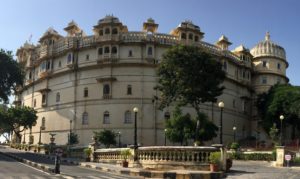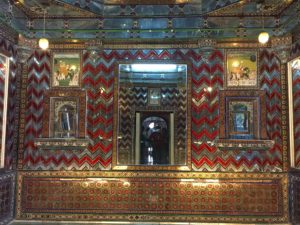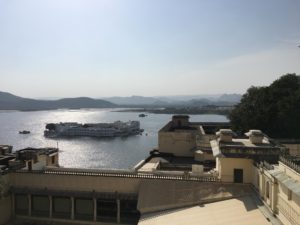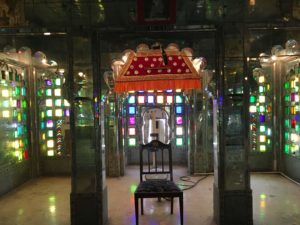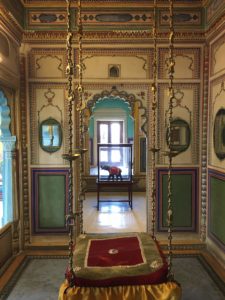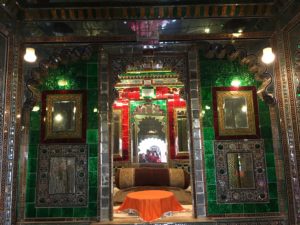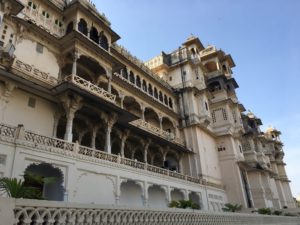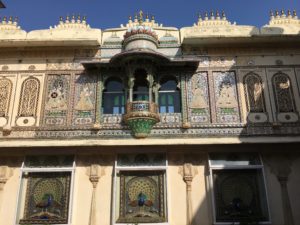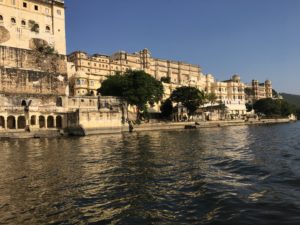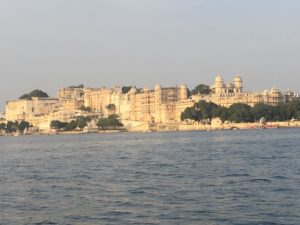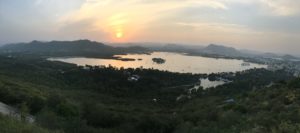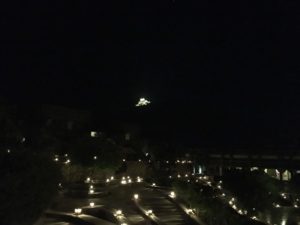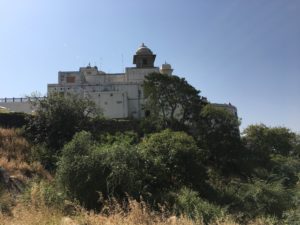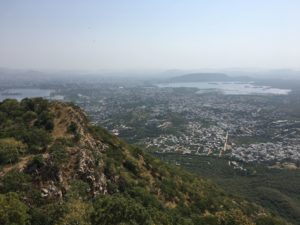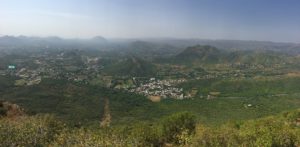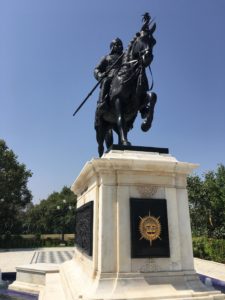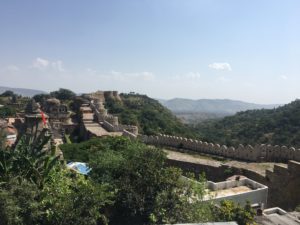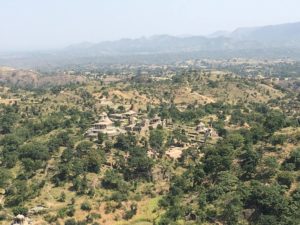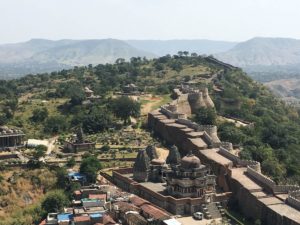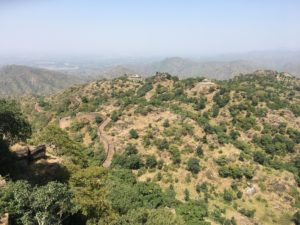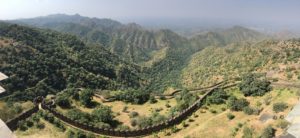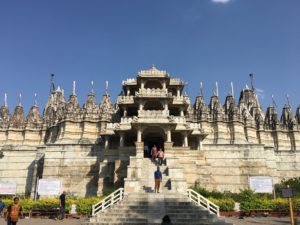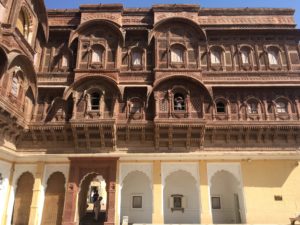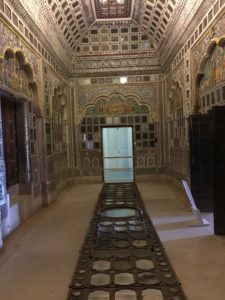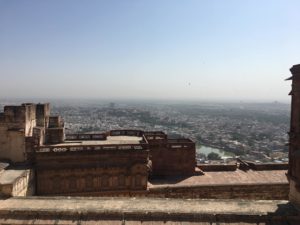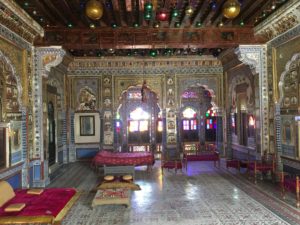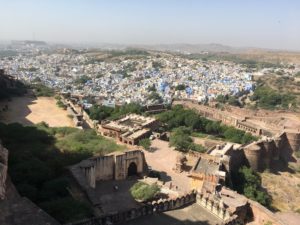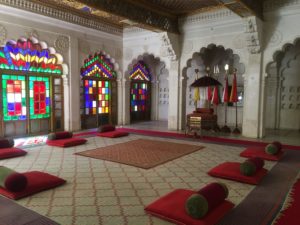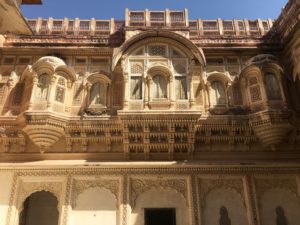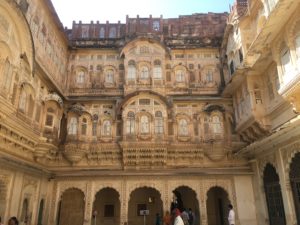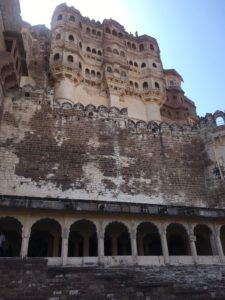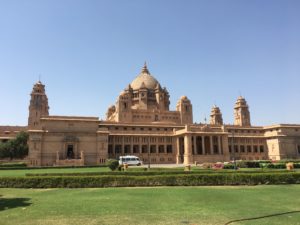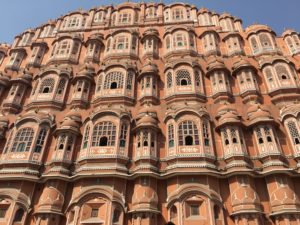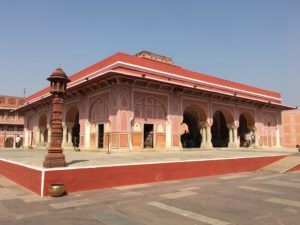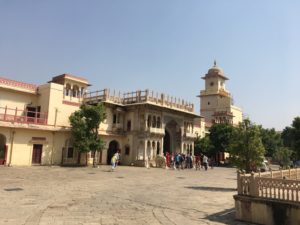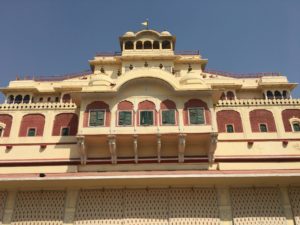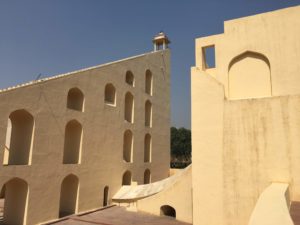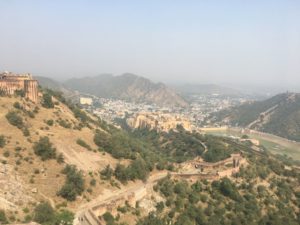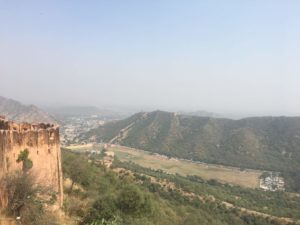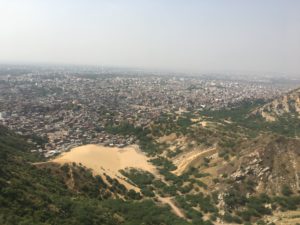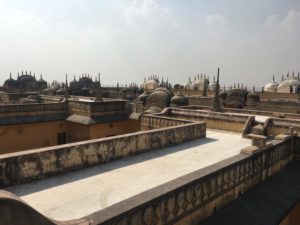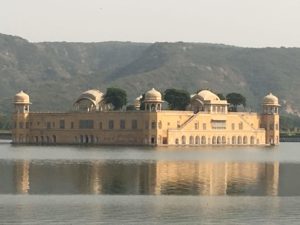Agile software development helps reduce “time to market” by placing value on “responding to change” over “following a plan”. It is proven that a “project plan” only provides an illusion of progress towards the product goal, given the number of failed projects across the industry with solid plans and after several person years of effort. Instead, Agile seeks to “fail fast” and “pivot” to more valuable goals. This is possible only when the team operates with strong discipline and solid engineering practices.
Using the word “engineering” is anathema for some practitioners who consider software development to be “craft” than “engineering” discipline. While creativity is essential for software development, engineering discipline enables creativity. Remember Nikola Tesla who proved Thomas Edison wrong on alternating current – how many can claim to be more creative than him? Nikola Tesla was an electrical and mechanical engineer who combined his engineering discipline with creativity to become a genius! Engineering discipline helps address variability and unpredictability with software development. The engineering practices I will cover below act as the scaffolding required to provide safety to the Agile team as they embark on building a tall tower!
Test Driven Development (TDD): This invariably appears on any list of engineering practices and there are variants in Behaviour Driven Development (BDD) and Acceptance Test Driven Development (ATDD). TDD is best described by Rob Martin with three rules:
- Write no production code except to pass a failing test
- Write only enough of a test to demonstrate failure
- Write only enough production code to pass a failing test
These three rules are logical and sound simple. But I can vouch this will be painful. In this competitive world, there is no way to create something outstanding and unique without going through pain. Automated unit tests form the basis for other engineering practices that come later in SDLC.
There are numerous tools for TDD, some of the popular ones I have used – JUnit, Robot Framework, Fitnesse, Lettuce (BDD).
Continuous Integration (CI): is the practice of merging all developer working copies to a shared mainline several times a day. This will help avoid “integration hell” that developers encounter when they try to merge their changes just before release packaging. The reason for “integration hell” is obvious – a developer continues to accumulate technology debt by hanging on to changes in local environment without checking them into the mainline. It is prudent to keep repaying debt in small increments rather than accumulating it to become a monster! CI has the following prerequisites:
- Code Repository – Git, SVN, TFS, etc.
- Automated build – Gradle, Maven, Ant, Make, etc.
- Build self-test – refer to TDD
Jenkins is the most popular CI server with thousands of plugins to setup a robust CI environment. Once you have CI setup, next level engineering is Continuous Deployment (CD) that enables software to be deployed directly into production.
Refactoring: Martin Fowler’s book is the authority on this topic. His preamble is insightful – Refactoring is a controlled technique for improving the design of an existing code base. Its essence is applying a series of small behavior-preserving transformations, each of which “too small to be worth doing”. However the cumulative effect of each of these transformations is quite significant. By doing them in small steps you reduce the risk of introducing errors. You also avoid having the system broken while you are carrying out the restructuring – which allows you to gradually refactor a system over an extended period of time.
Technologists often talk about challenges with legacy code. Refactoring regularly will ensure software does not become “legacy”!
Other major engineering practices are:
- Pair Programming
- Collective Ownership
- Emergent Design
To summarize, engineering practices help a team become agile and stay that way. It is important to understand that adopting engineering practices is a cultural aspect and not just a matter of mandating a bunch of popular tools for the team to use. Agile teams will immensely benefit by embracing engineering discipline with conviction.
